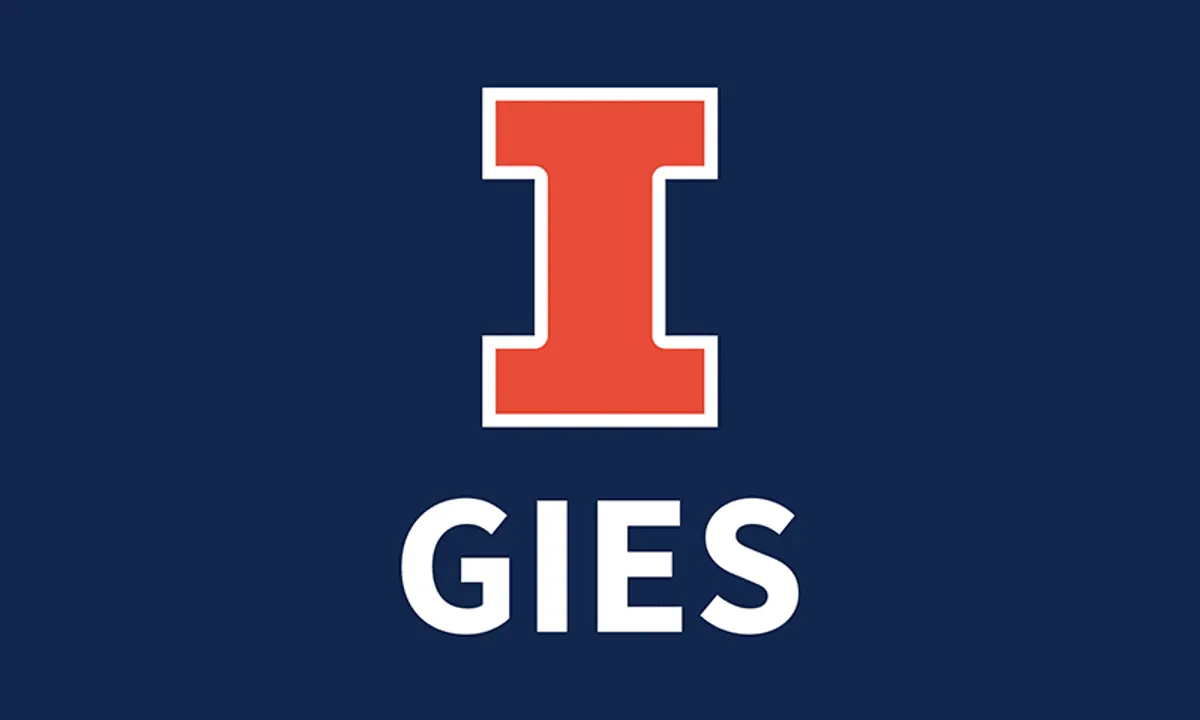
UX Evaluation: User Testing 
This course provides an introduction to UX Evaluation: User Testing. It covers the fundamentals of user testing, which is an empirical practice used to evaluate user experience. Participants will learn how to design and conduct user tests, analyze the results, and use the data to inform design decisions. ▼
ADVERTISEMENT
Course Feature
![]() Cost:
Cost:
Free
![]() Provider:
Provider:
Edx
![]() Certificate:
Certificate:
Paid Certification
![]() Language:
Language:
English
![]() Start Date:
Start Date:
Self paced
Course Overview
❗The content presented here is sourced directly from Edx platform. For comprehensive course details, including enrollment information, simply click on the 'Go to class' link on our website.
Updated in [March 06th, 2023]
This course, UX Evaluation: User Testing, provides an introduction to the field of user experience and user testing. Students will learn how to run efficient and business-oriented UX evaluations in any context. The course is taught by experts from the Tech3lab, North America’s most important UX lab, and will cover topics such as how to ensure scientific rigour to get valid results throughout the process. No previous knowledge is required to take this course. Upon completion, students will have a better understanding of current user testing tools and methods.
[Applications]
Upon completion of this course, students will be able to apply their knowledge of user testing to a variety of contexts. They will be able to use the tools and methods taught in the course to conduct efficient and business-oriented UX evaluations. Students will also be able to ensure scientific rigour to get valid results throughout the process.
[Career Paths]
1. UX Designer: UX Designers are responsible for creating user-friendly and aesthetically pleasing interfaces for websites, applications, and other digital products. They must have a strong understanding of user experience principles and be able to create designs that are both visually appealing and functional. UX Designers must also be able to collaborate with developers and other stakeholders to ensure that the design meets the needs of the user. The demand for UX Designers is growing rapidly, and the field is expected to continue to expand in the coming years.
2. UX Researcher: UX Researchers are responsible for conducting research to understand user needs and behaviors. They use a variety of methods, such as interviews, surveys, and usability testing, to gather data and insights that can be used to inform the design process. UX Researchers must have a strong understanding of user experience principles and be able to analyze data and draw meaningful conclusions. The demand for UX Researchers is also growing rapidly, and the field is expected to continue to expand in the coming years.
3. UX Writer: UX Writers are responsible for creating content that is both user-friendly and engaging. They must have a strong understanding of user experience principles and be able to create content that is both clear and concise. UX Writers must also be able to collaborate with designers and other stakeholders to ensure that the content meets the needs of the user. The demand for UX Writers is growing rapidly, and the field is expected to continue to expand in the coming years.
4. UX Evaluator: UX Evaluators are responsible for conducting user testing to assess the usability and effectiveness of digital products. They use a variety of methods, such as interviews, surveys, and usability testing, to gather data and insights that can be used to inform the design process. UX Evaluators must have a strong understanding of user experience principles and be able to analyze data and draw meaningful conclusions. The demand for UX Evaluators is also growing rapidly, and the field is expected to continue to expand in the coming years.
[Education Paths]
1. UX Design and Evaluation MicroMasters: This degree path is designed to provide learners with a comprehensive understanding of user experience design and evaluation. It covers topics such as user research, usability testing, user interface design, and user experience evaluation. It also provides learners with the skills to develop and evaluate user interfaces for a variety of applications. This degree path is becoming increasingly popular as more companies are recognizing the importance of user experience in their products and services.
2. Human-Computer Interaction (HCI) Degree: This degree path focuses on the study of how people interact with computers and other technology. It covers topics such as user interface design, user experience evaluation, and usability testing. It also provides learners with the skills to develop and evaluate user interfaces for a variety of applications. This degree path is becoming increasingly popular as more companies are recognizing the importance of user experience in their products and services.
3. Computer Science Degree: This degree path focuses on the study of computer science and its applications. It covers topics such as programming, software engineering, and computer networks. It also provides learners with the skills to develop and evaluate user interfaces for a variety of applications. This degree path is becoming increasingly popular as more companies are recognizing the importance of user experience in their products and services.
4. Information Technology Degree: This degree path focuses on the study of information technology and its applications. It covers topics such as database management, web development, and network security. It also provides learners with the skills to develop and evaluate user interfaces for a variety of applications. This degree path is becoming increasingly popular as more companies are recognizing the importance of user experience in their products and services.
Course Provider

Provider Edx's Stats at AZClass
The UX Evaluation course introduces User Experience Evaluation: User Testing. It covers the fundamentals of user testing, an empirical practice for evaluating user experience. Learners can take user experience assessments from the following areas. Learners can learn about different user testing methods, from interview-style testing to eye-tracking and other real-time evaluation methods including completed and existing interfaces. Learners also learn how to ensure scientific rigor in order to obtain valid results throughout the user testing process. You'll also learn about UX design and evaluation and how to use current user testing tools and methodologies to achieve their goals.
Discussion and Reviews
0.0 (Based on 0 reviews)
Explore Similar Online Courses

Managing Supply Chain Disruption During COVID-19

Semantic Web Technologies

Python for Informatics: Exploring Information

Social Network Analysis

Introduction to Systematic Review and Meta-Analysis

The Analytics Edge

DCO042 - Python For Informatics

Causal Diagrams: Draw Your Assumptions Before Your Conclusions

Whole genome sequencing of bacterial genomes - tools and applications

SAPs UX Strategy in a Nutshell by Sam Yen

Creating Business Value with User Experience


Start your review of UX Evaluation: User Testing